In the 1890s, the area known as Pelham Bay was undergoing a profound change. This was not yet a dense city neighborhood but a sprawling, semi-rural landscape of old estates, quiet farms, and vast tracts of newly designated public land. The defining event of the decade was the creation of Pelham Bay Park, officially established in 1888. Throughout the 1890s, this massive park, the largest in New York City, was a wild and rustic expanse, slowly being introduced to the public.
The park was formed by the city acquiring a collection of large private country estates. This meant the landscape was a mix of curated and natural features. Grand mansions from earlier eras stood on the property, some repurposed for public use and others left vacant. The Bartow-Pell Mansion, a stone manor built in the 1840s, was one such landmark that was now surrounded by public parkland. The grounds of the former Lorillard Spencer estate contributed manicured lawns and old farm buildings to the new park.
For most New Yorkers, visiting Pelham Bay in the 1890s felt like a true journey to the countryside. Access was limited compared to later eras. People arrived by taking a train on the Harlem River and Port Chester Railroad line to the Bartow Station. From there, horse-drawn carriages or omnibuses would transport visitors to different points of interest. The main attractions were the natural features: the rocky coastline along the Long Island Sound, the dense woodlands of Hunter Island, and the sprawling salt marshes.
Read more
Recreation was simple and unstructured. Families would travel to the park for a day of picnicking on the vast lawns. Boating and fishing in the bay were popular activities. The shoreline was not a manicured beach but a natural coast, with pebbly stretches and rocky outcrops. On Hunter Island, which was connected to the mainland by a stone causeway, visitors could explore deep forests that felt worlds away from the city.
The Hunter Island Inn was a prominent destination within this rustic setting. The large hotel and restaurant, a holdover from the area’s past as a resort destination, catered to a steady stream of visitors. It served as a social hub, offering meals and refreshments to day-trippers and hosting guests for longer stays.
Outside the park’s boundaries, a small year-round community existed. The village of Pelham Bay was a quiet settlement with a mix of modest homes and larger Victorian houses. The local economy was still tied to the water and the land, but the creation of the park and the slow creep of suburbanization were beginning to change the character of the area. The decade was a transitional period, with Pelham Bay existing as a new frontier for public recreation on the edge of a rapidly growing city.


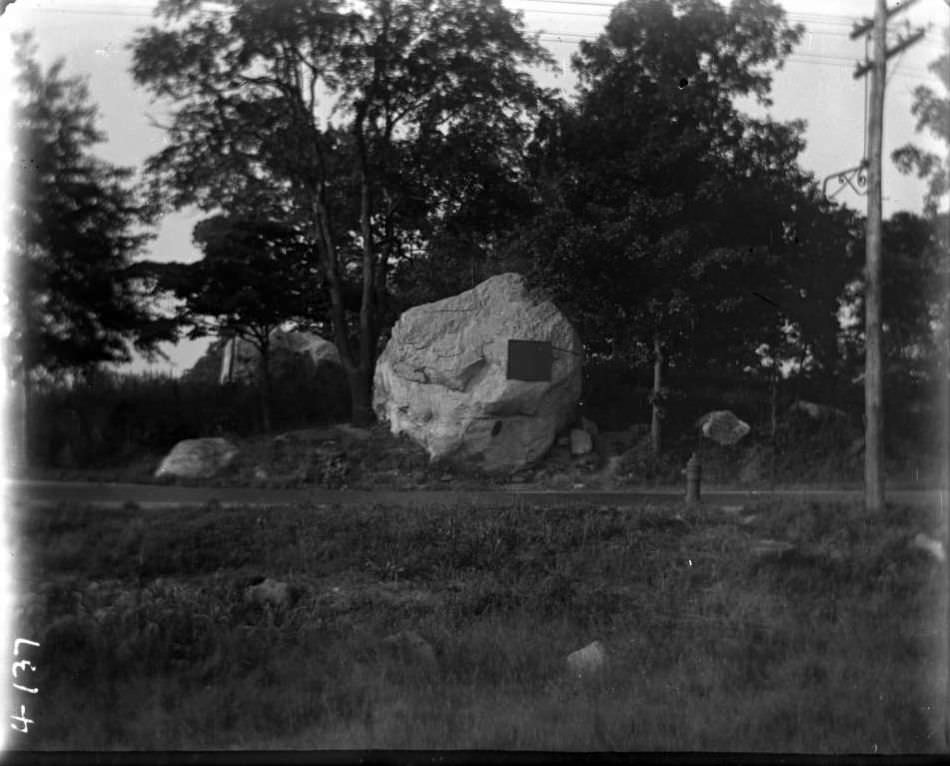
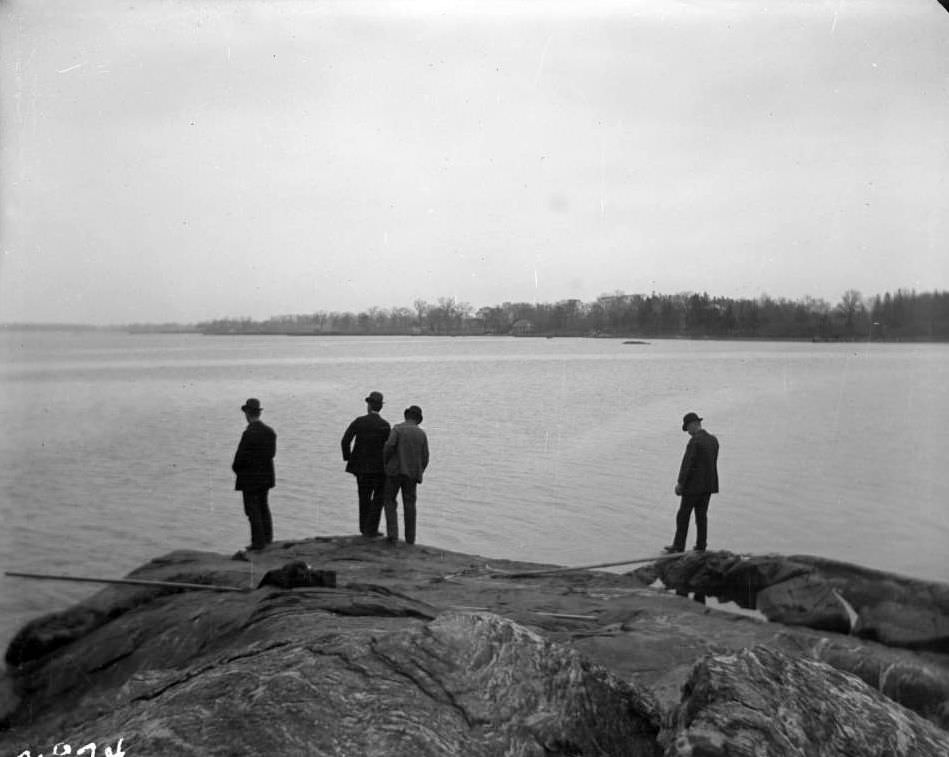
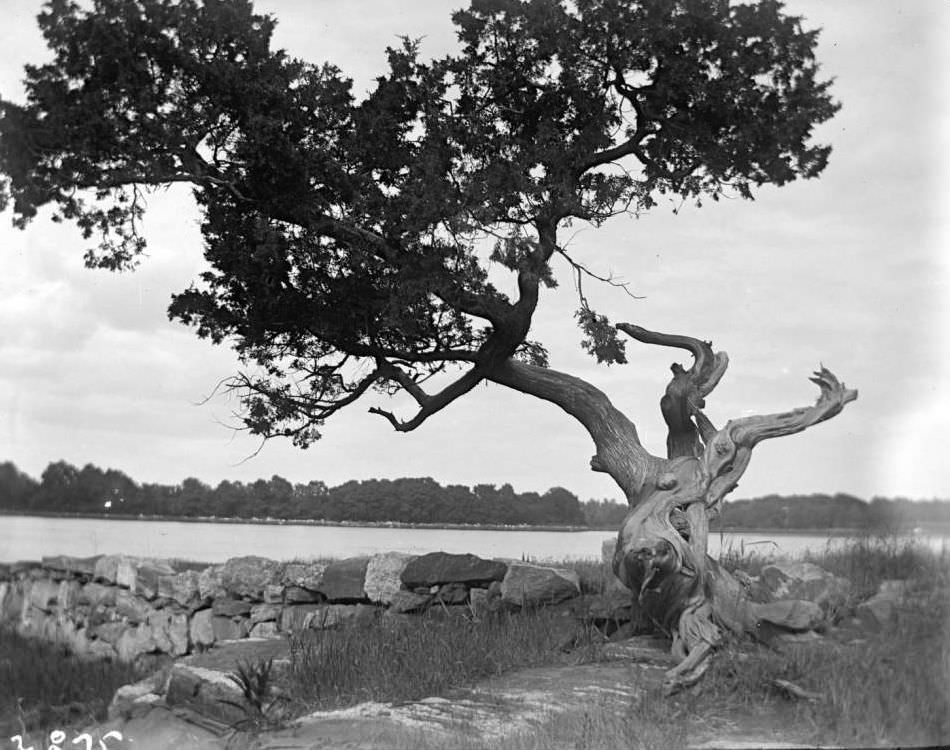
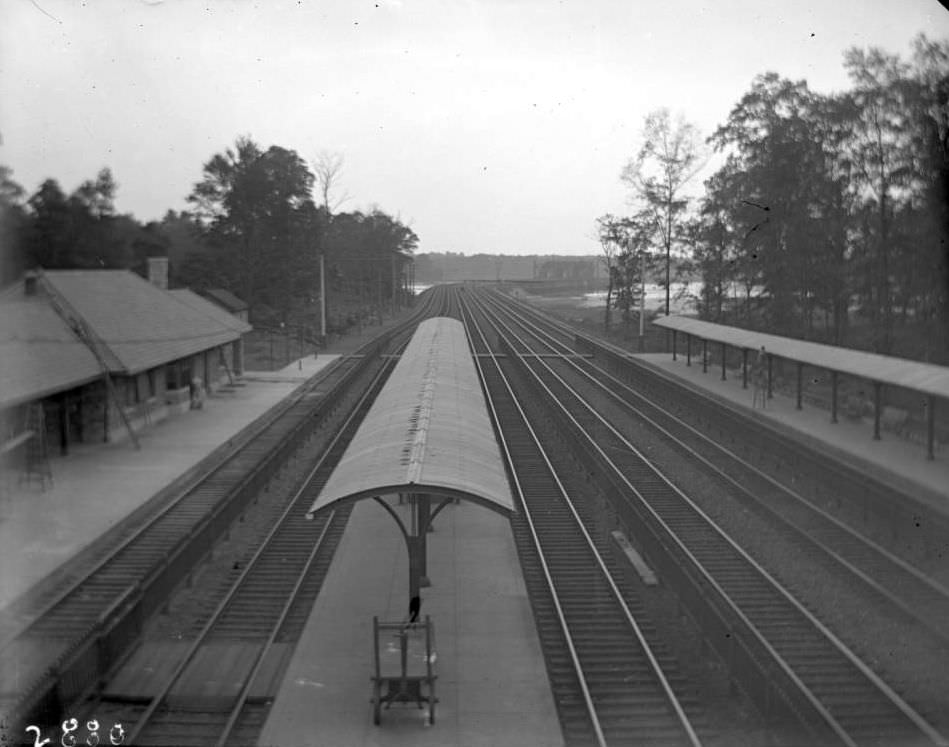
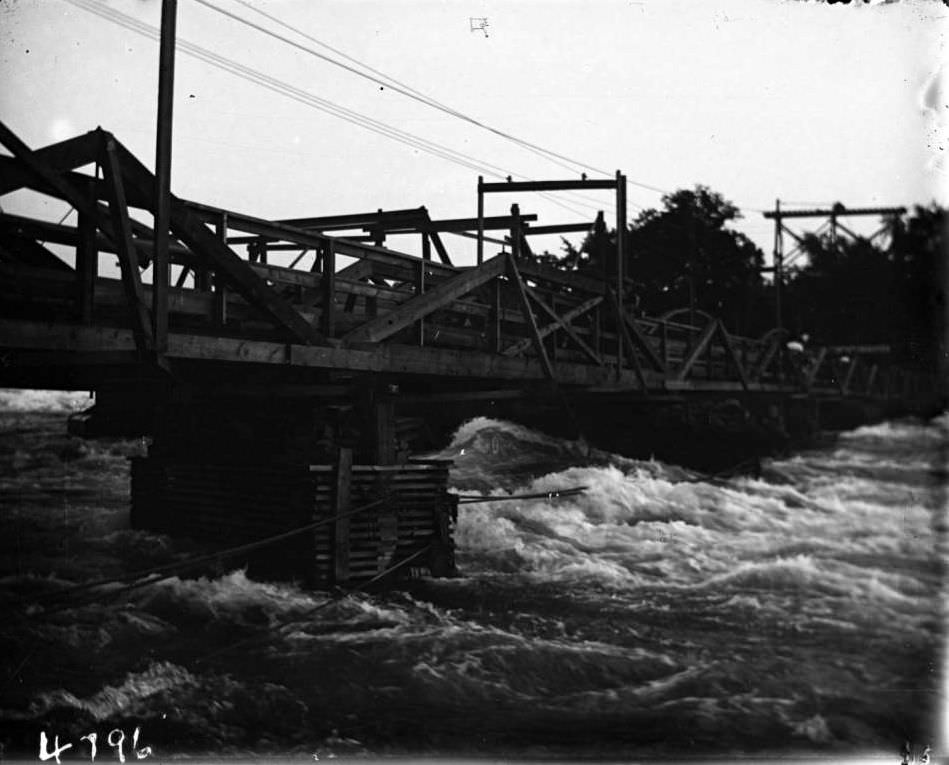
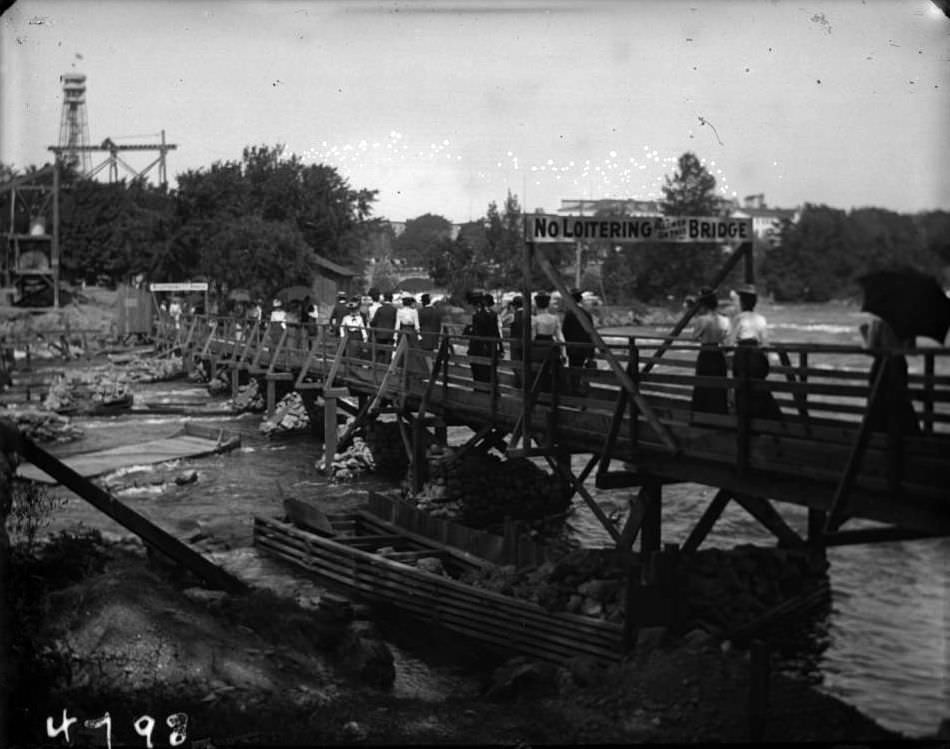
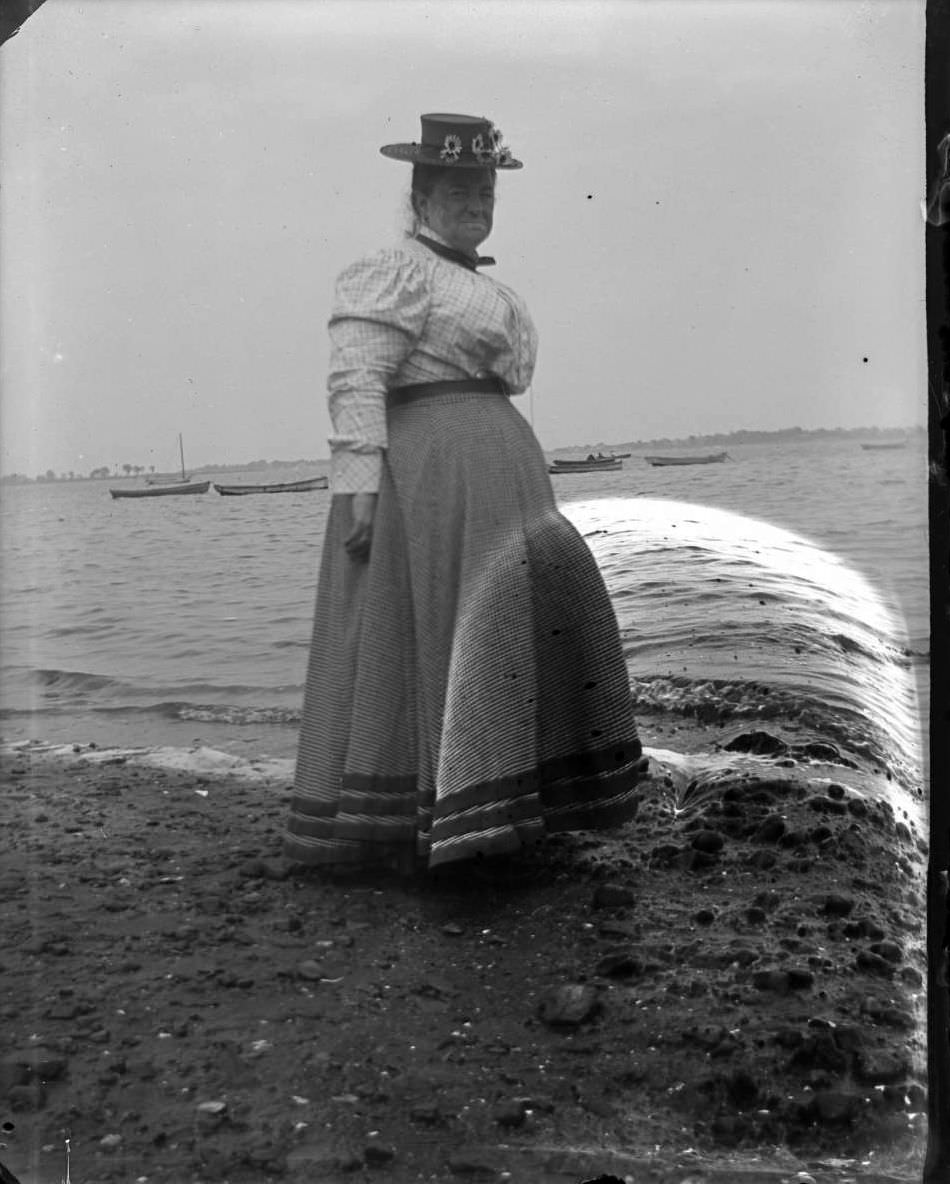

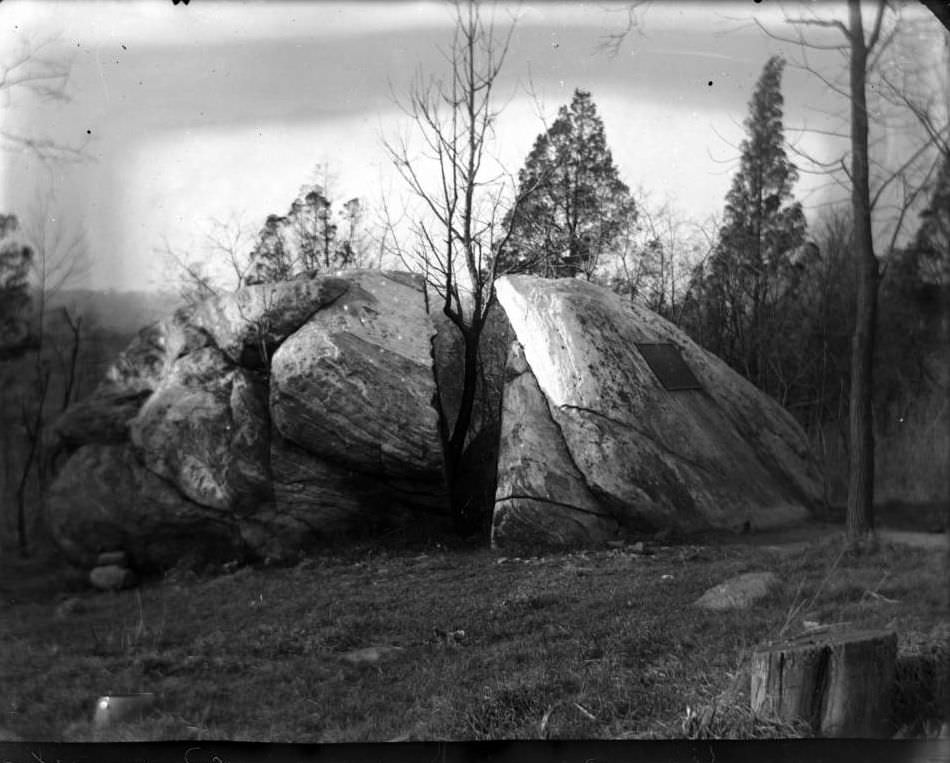
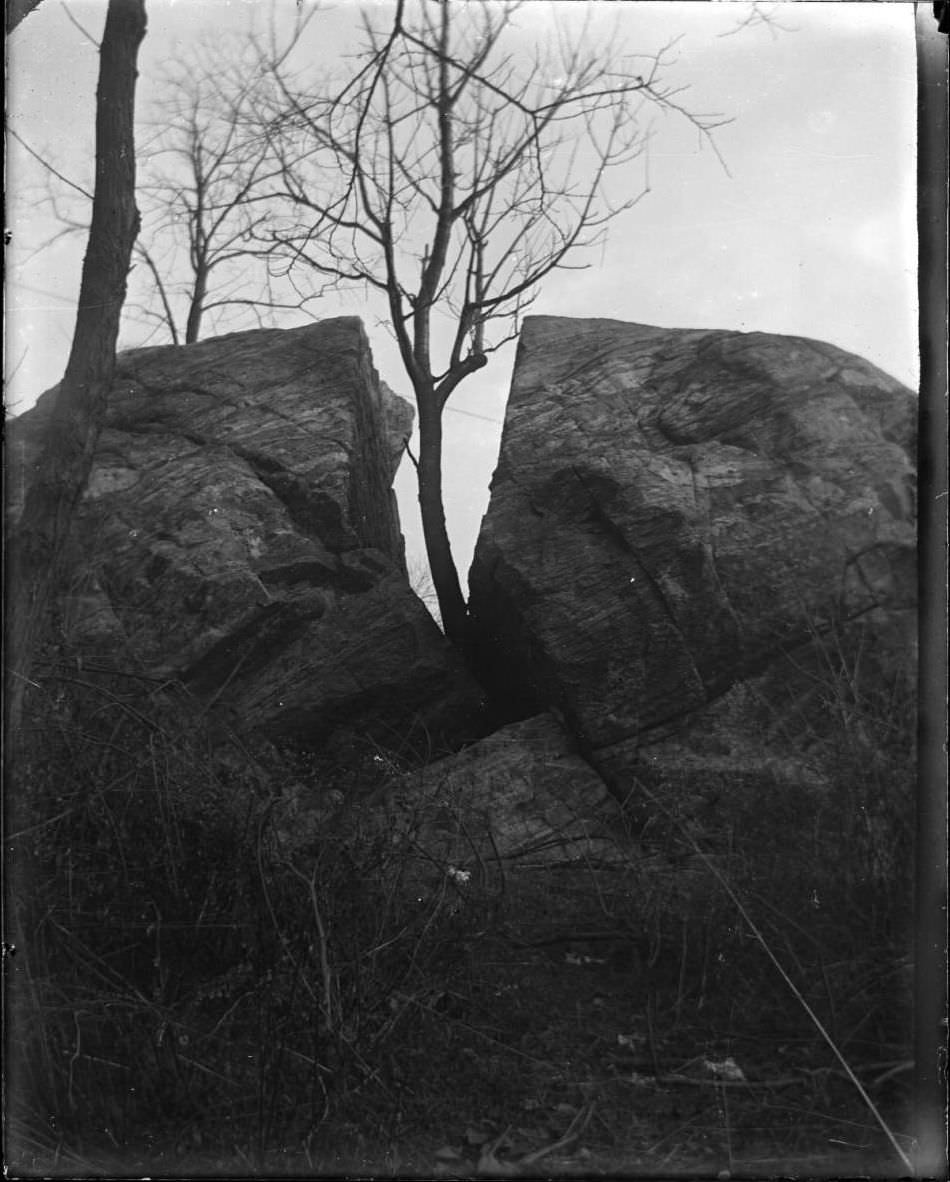
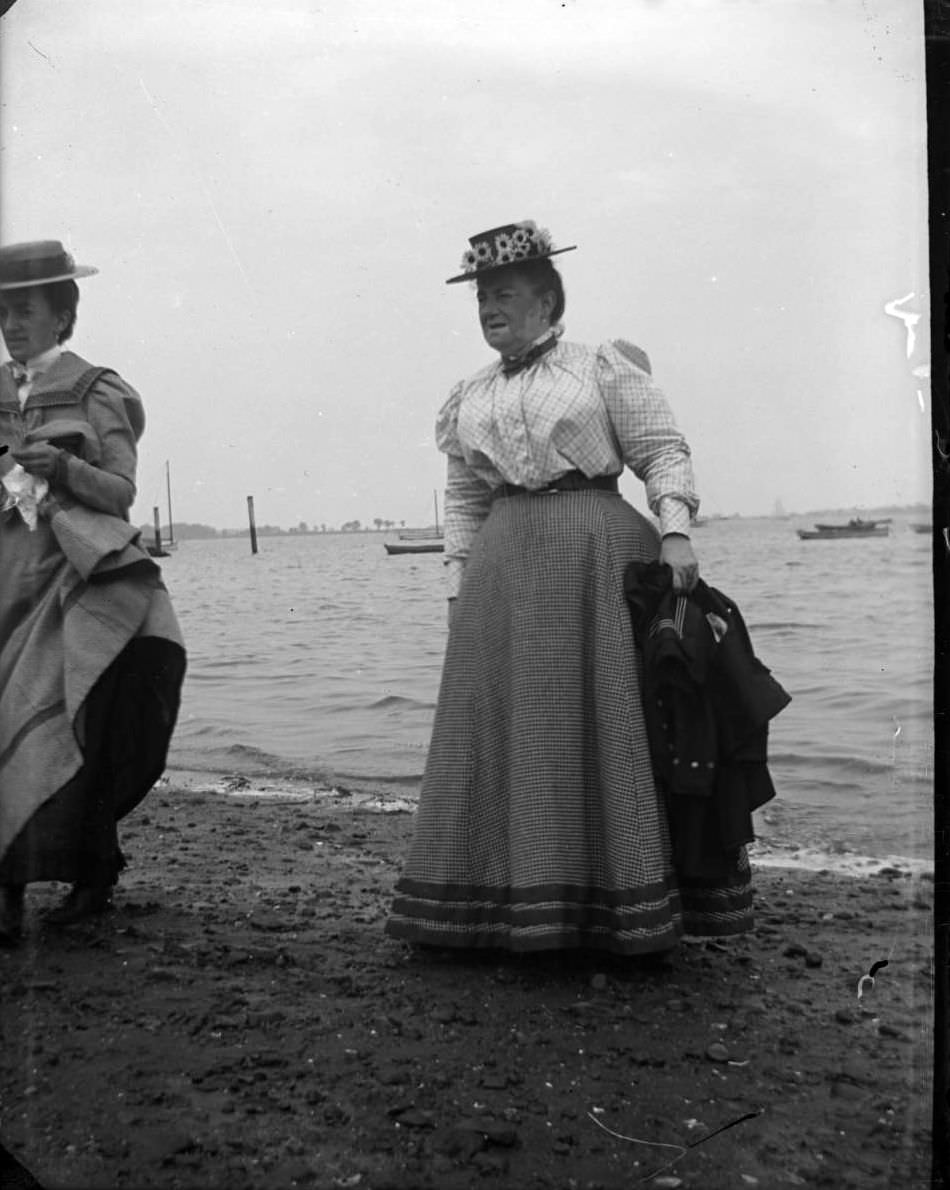
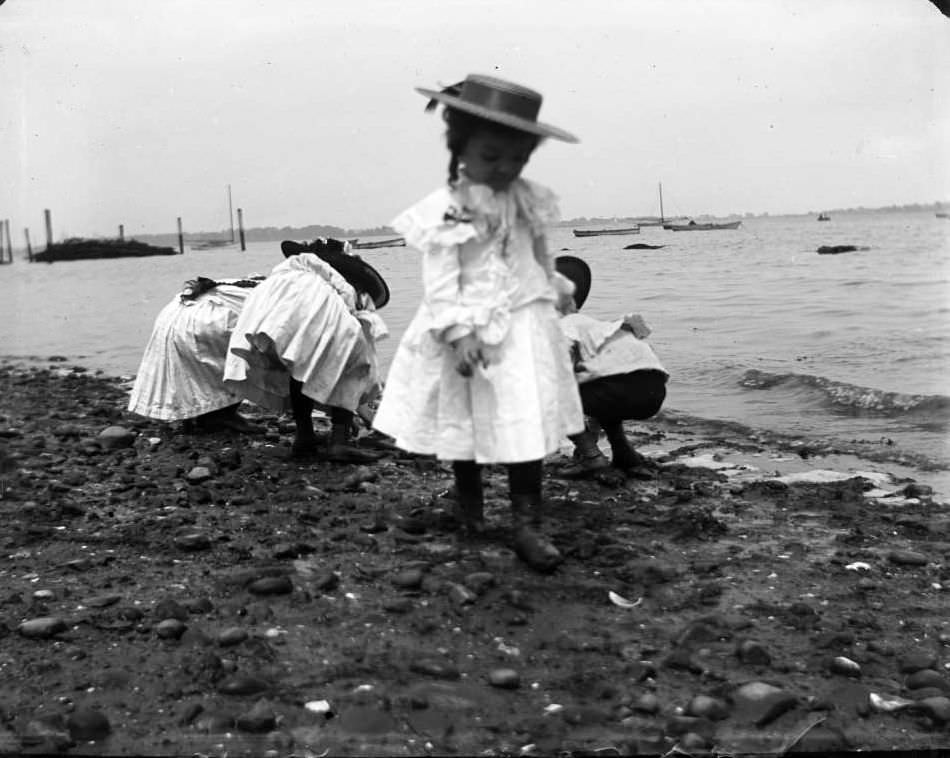
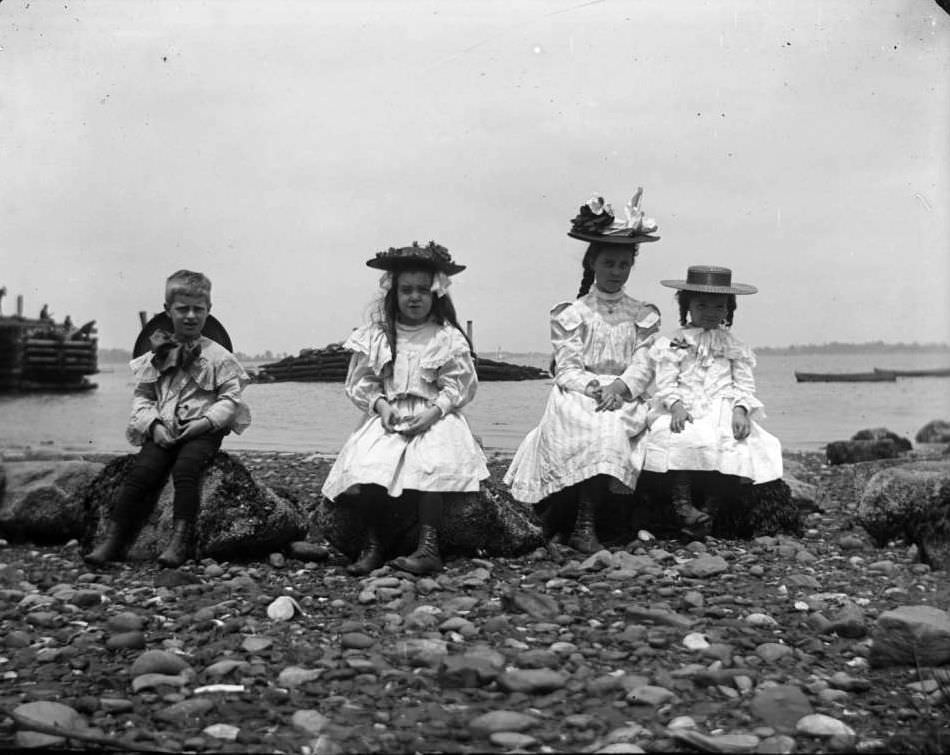
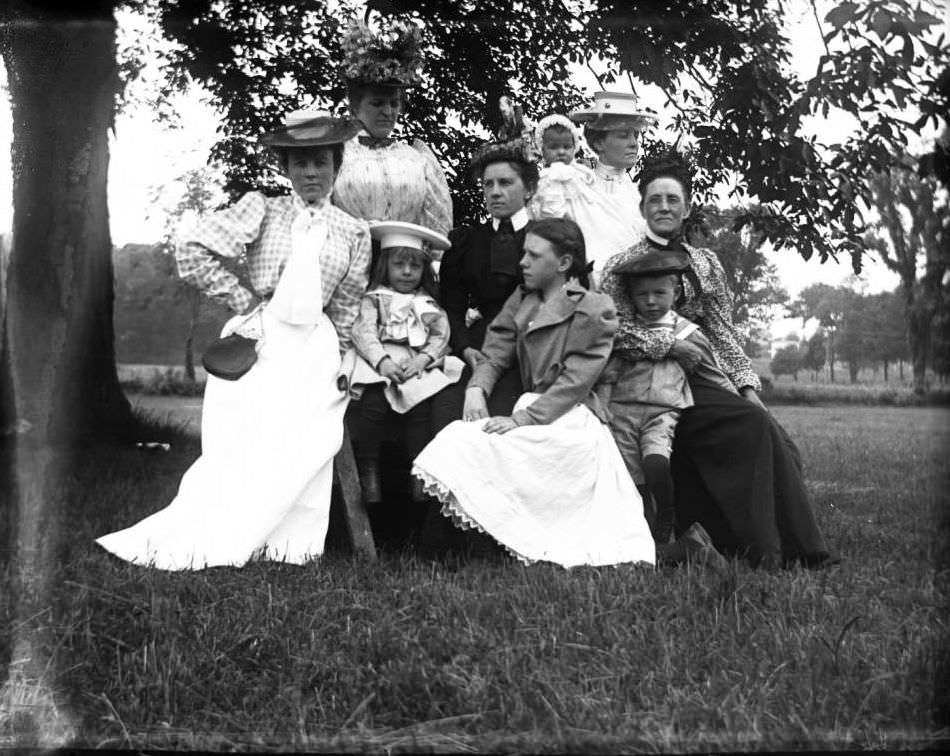
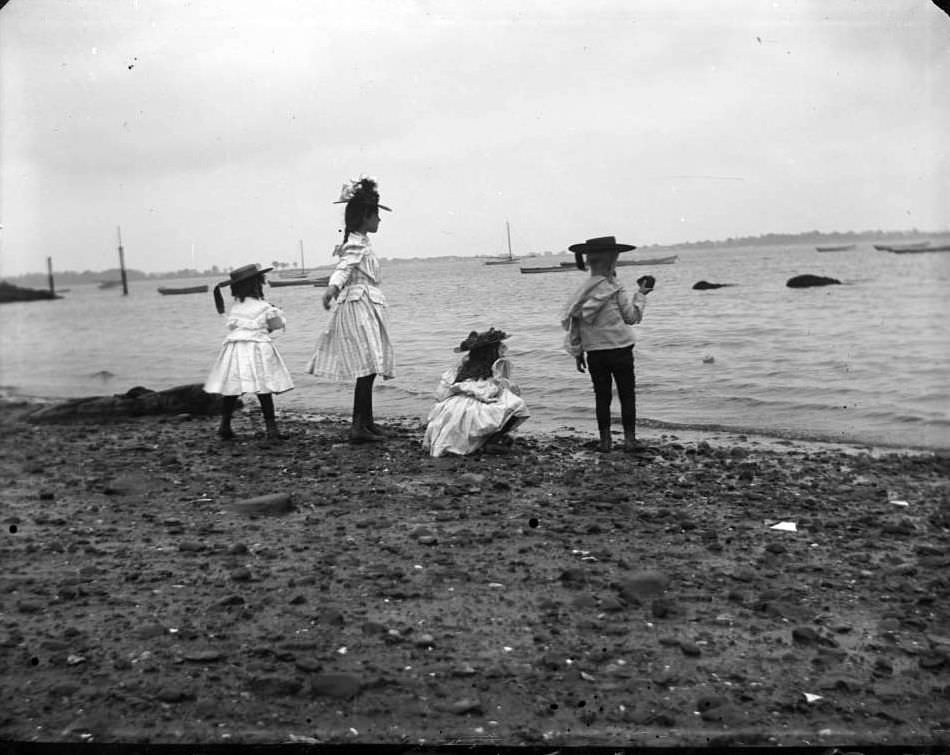
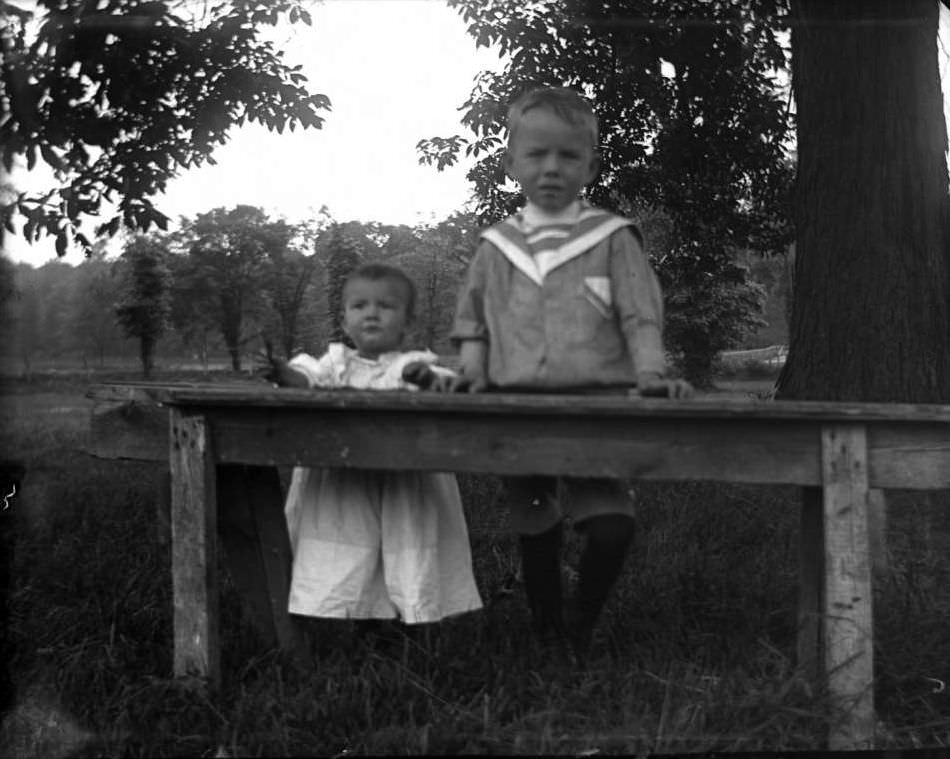
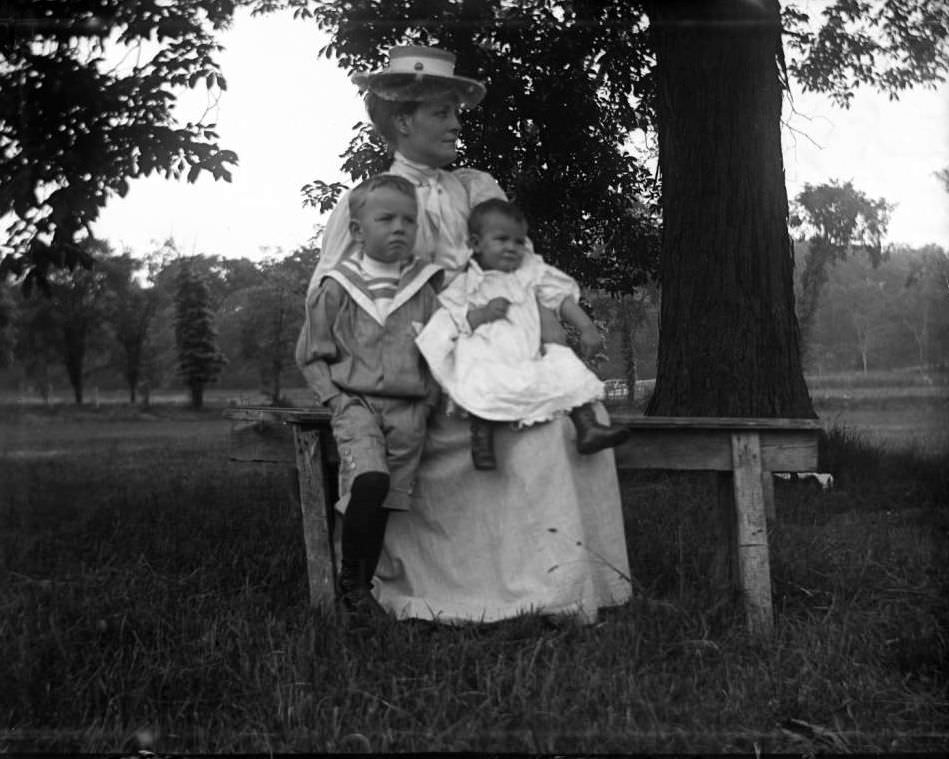
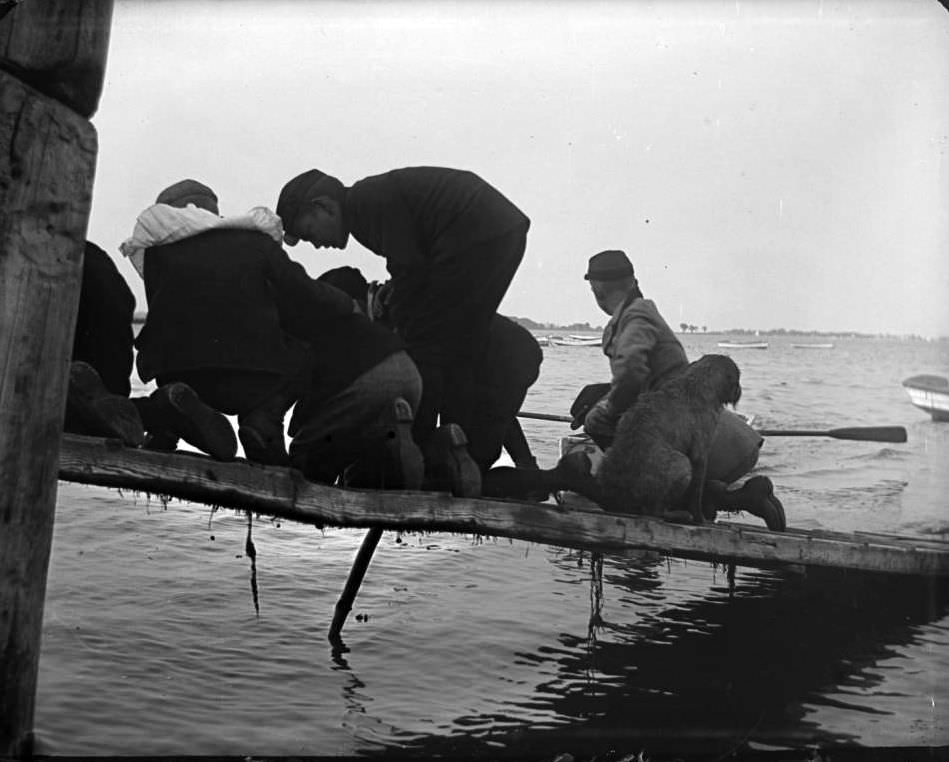
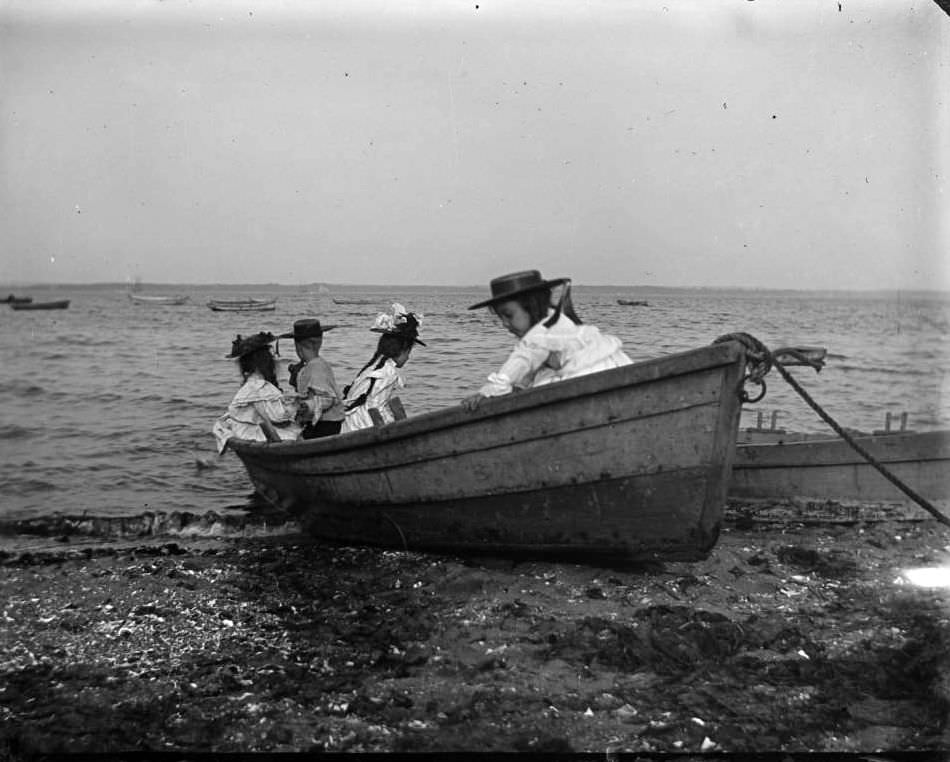
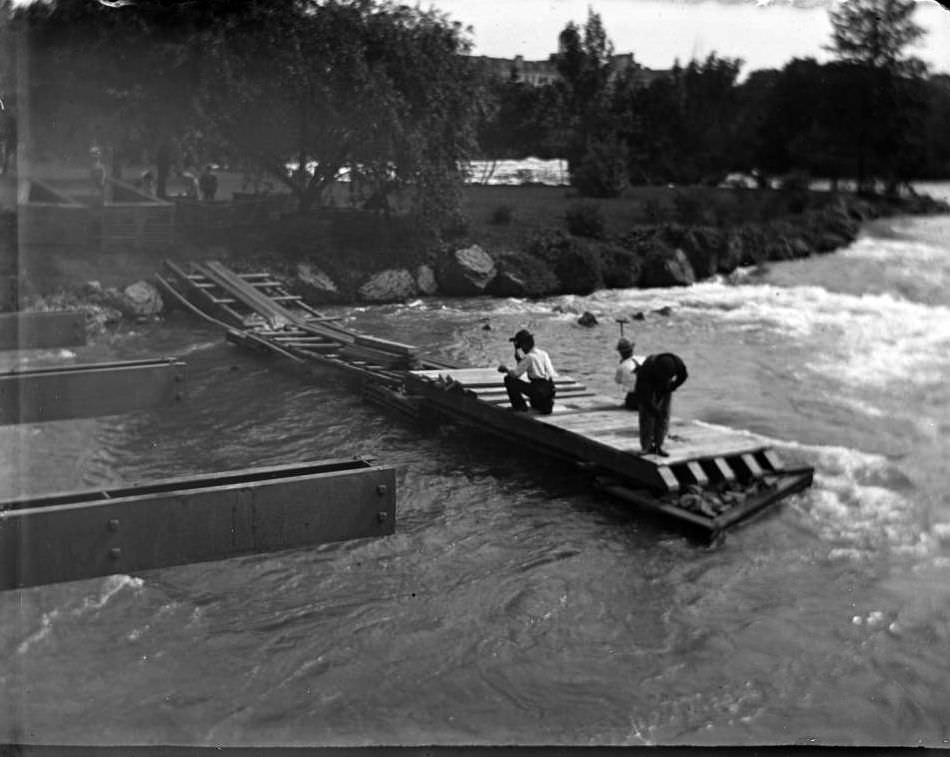
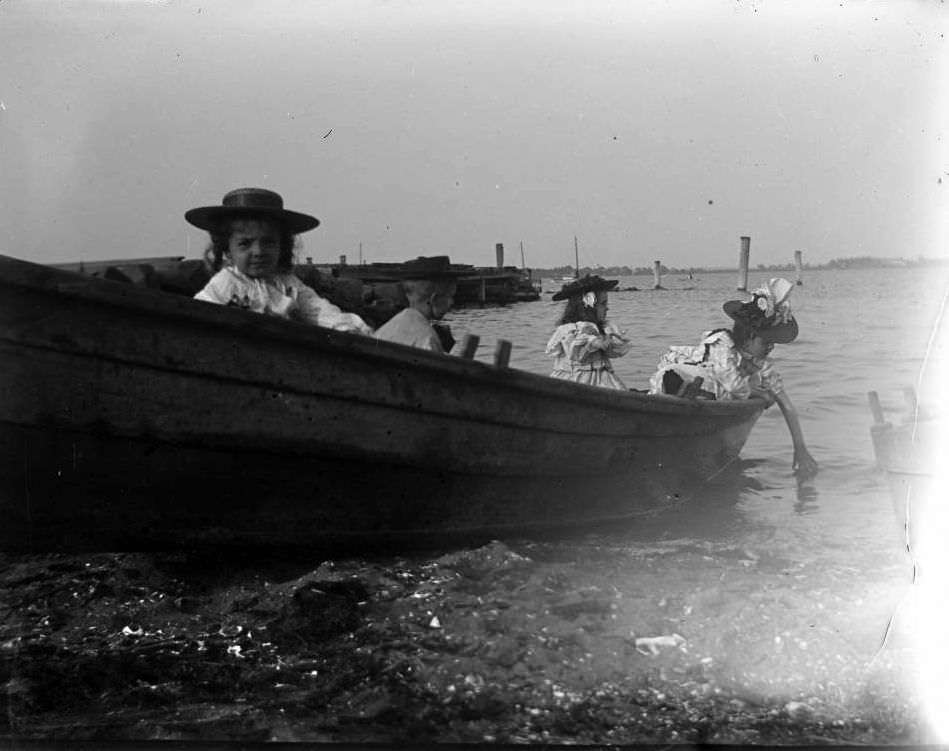
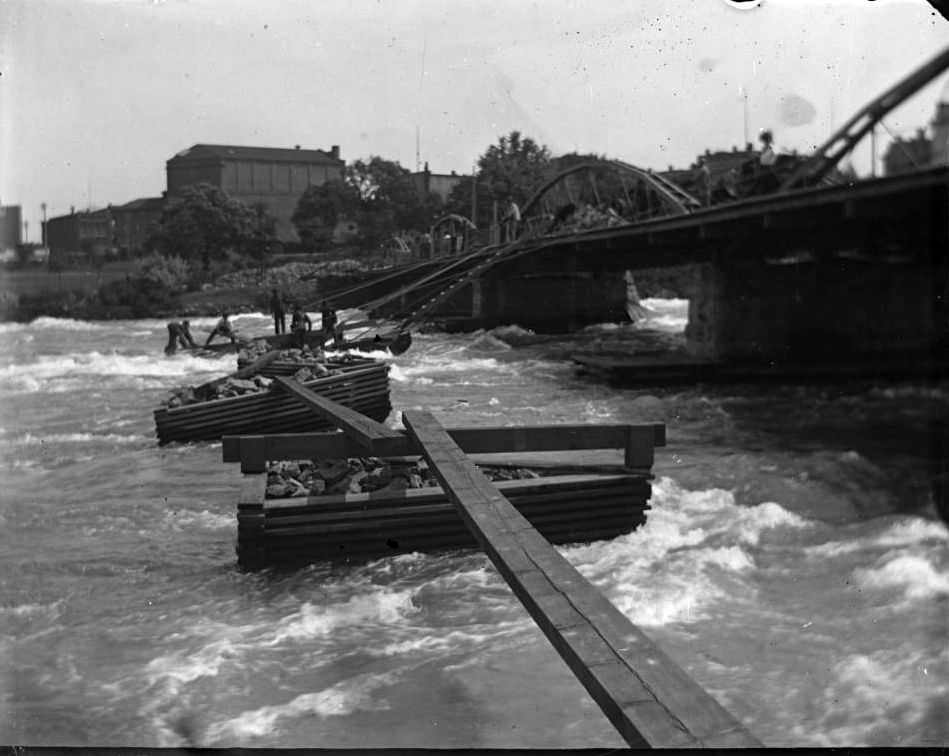
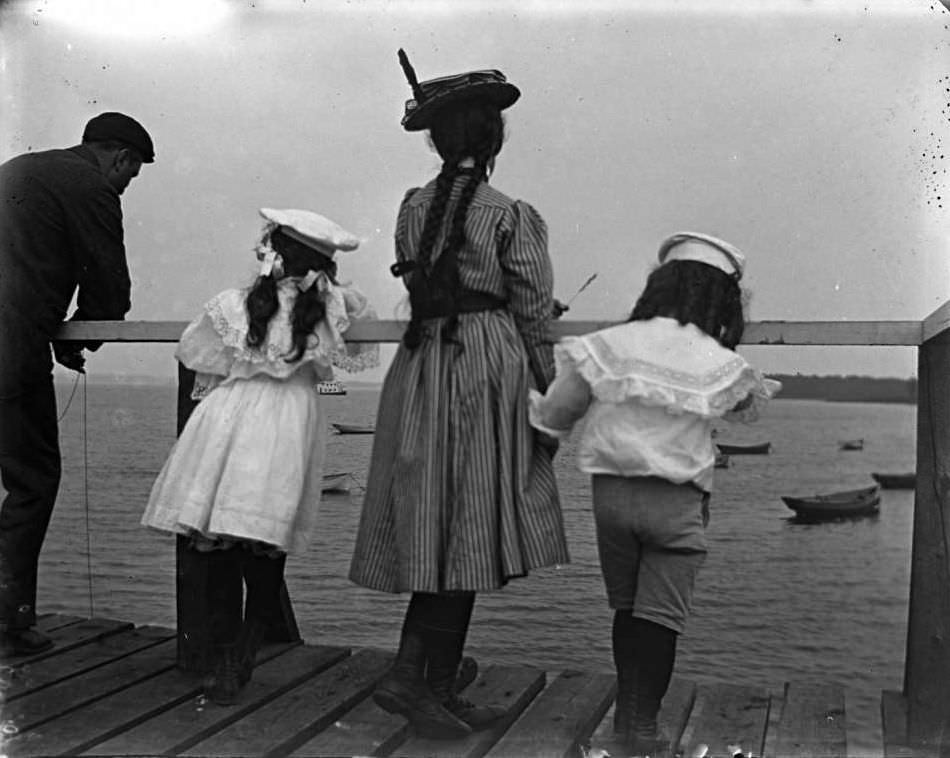
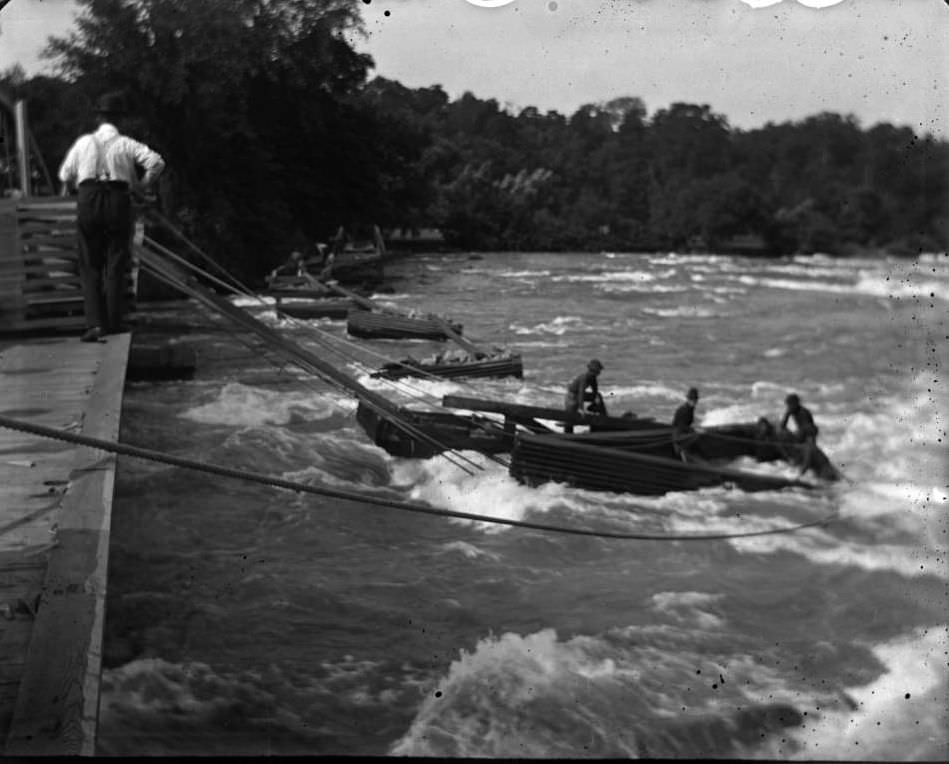
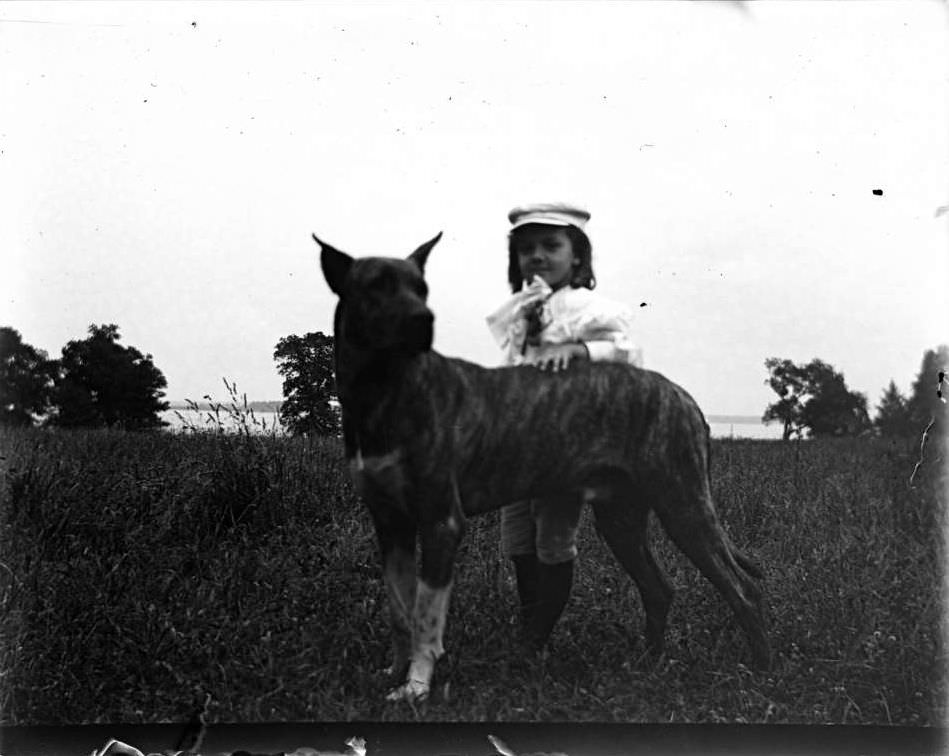
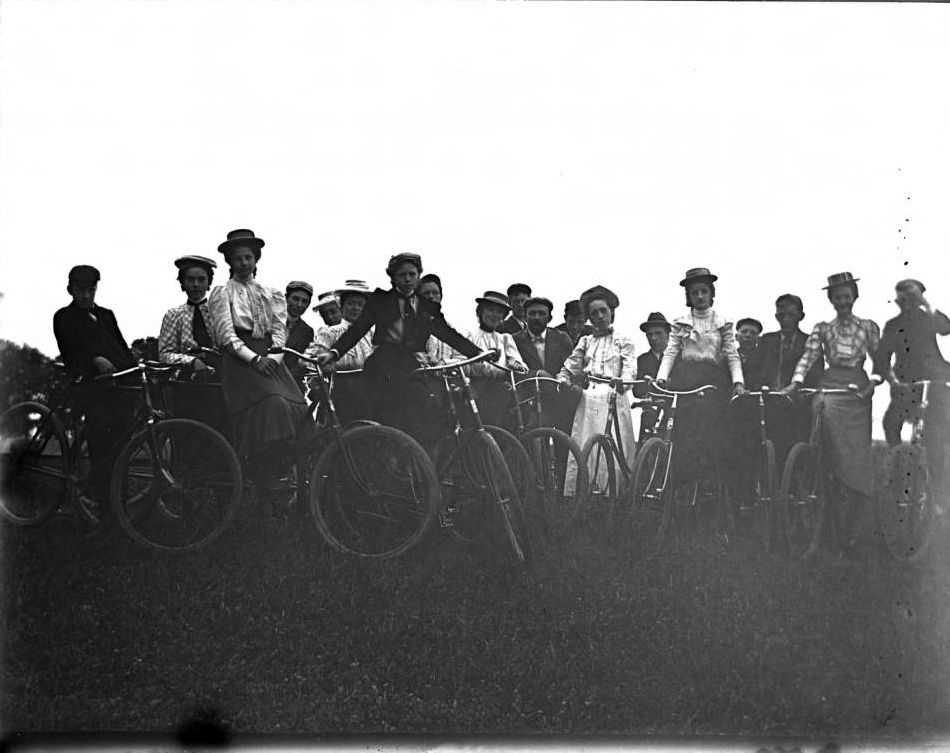
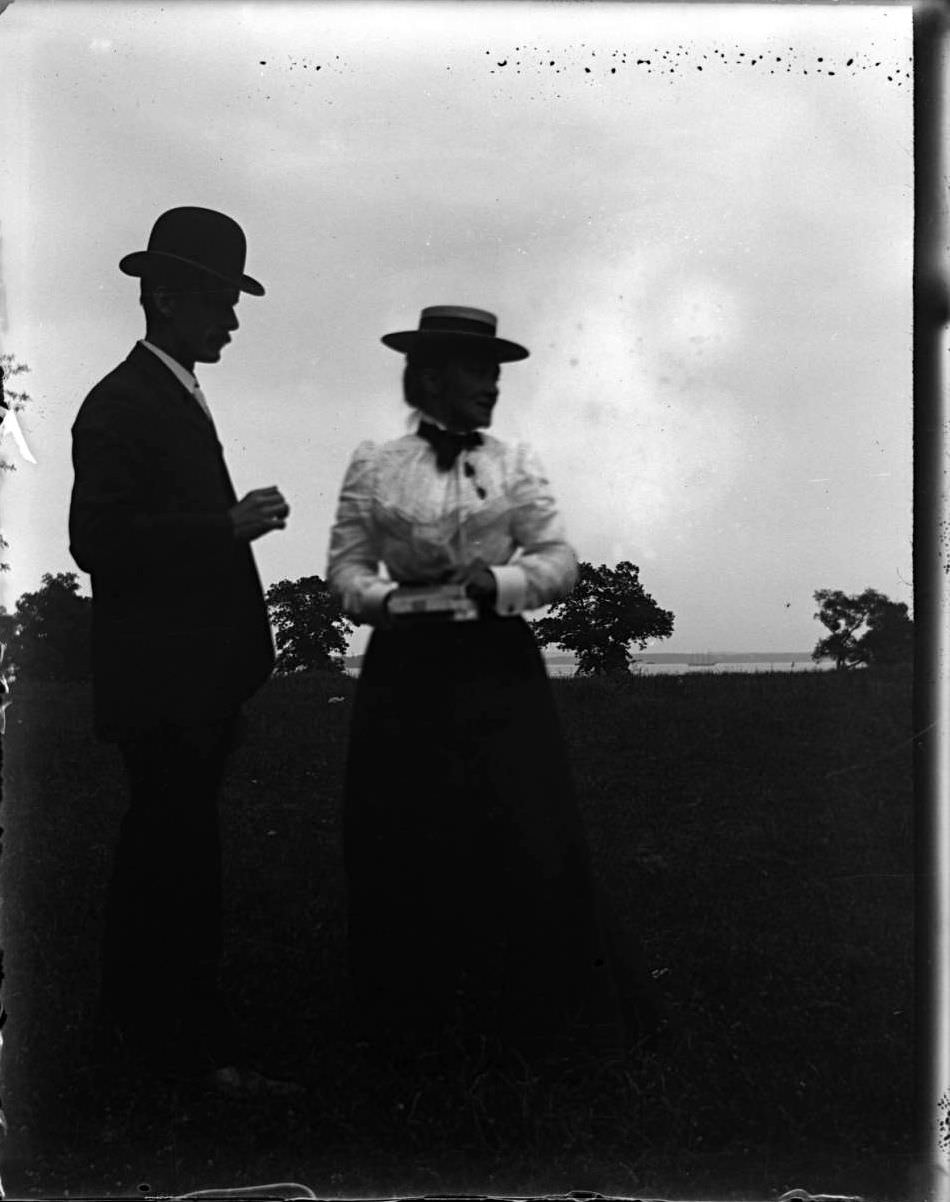
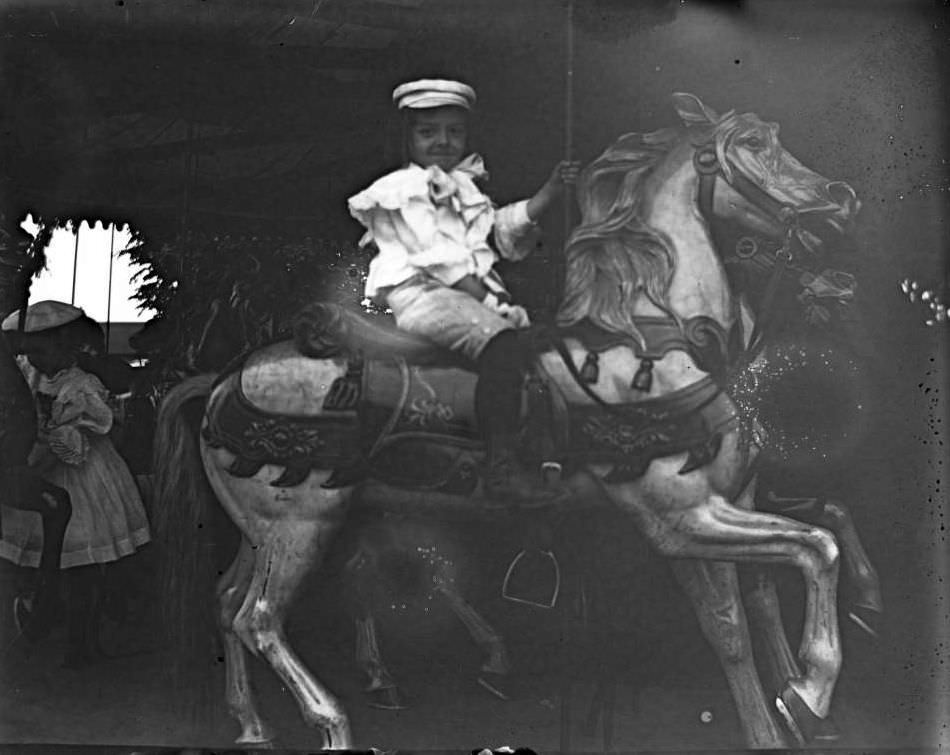
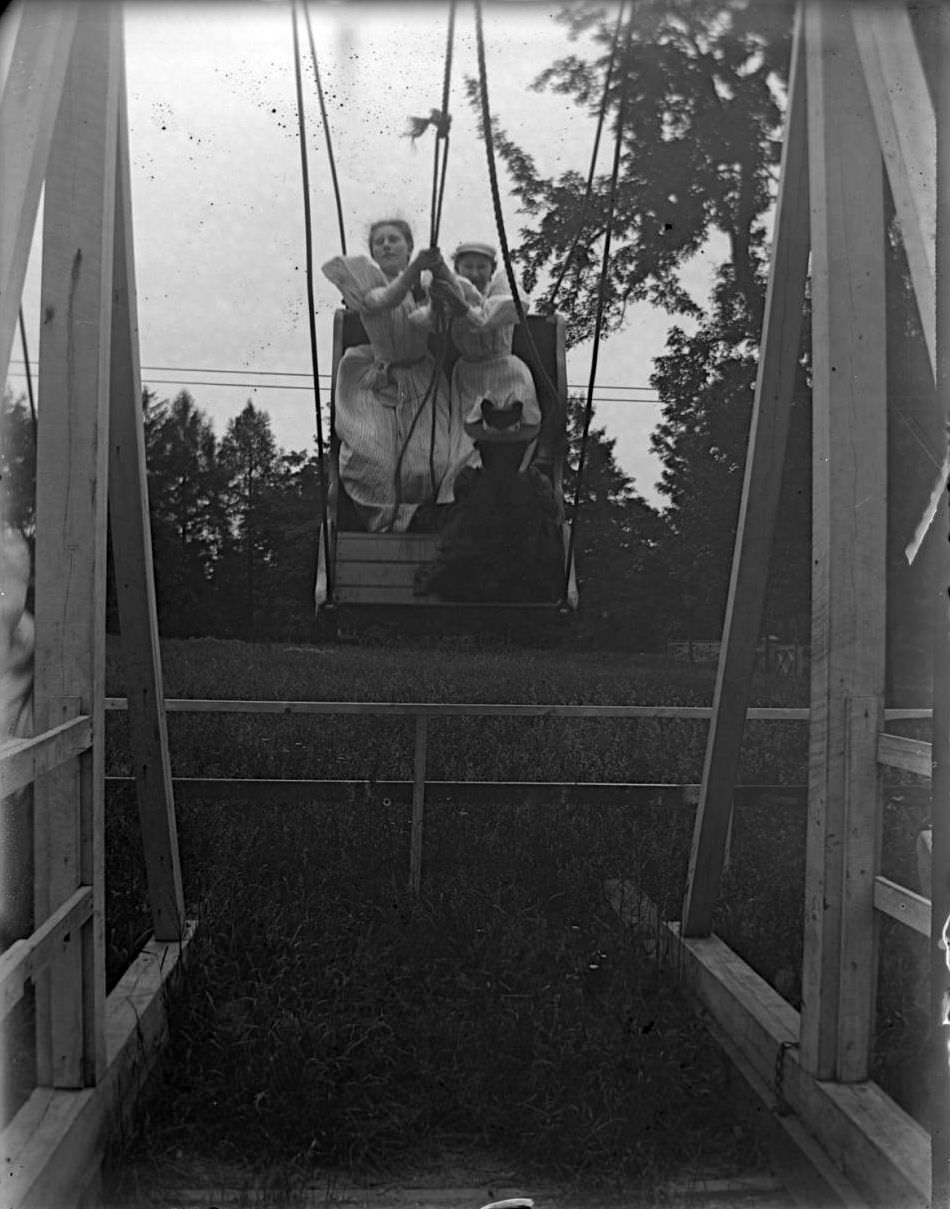
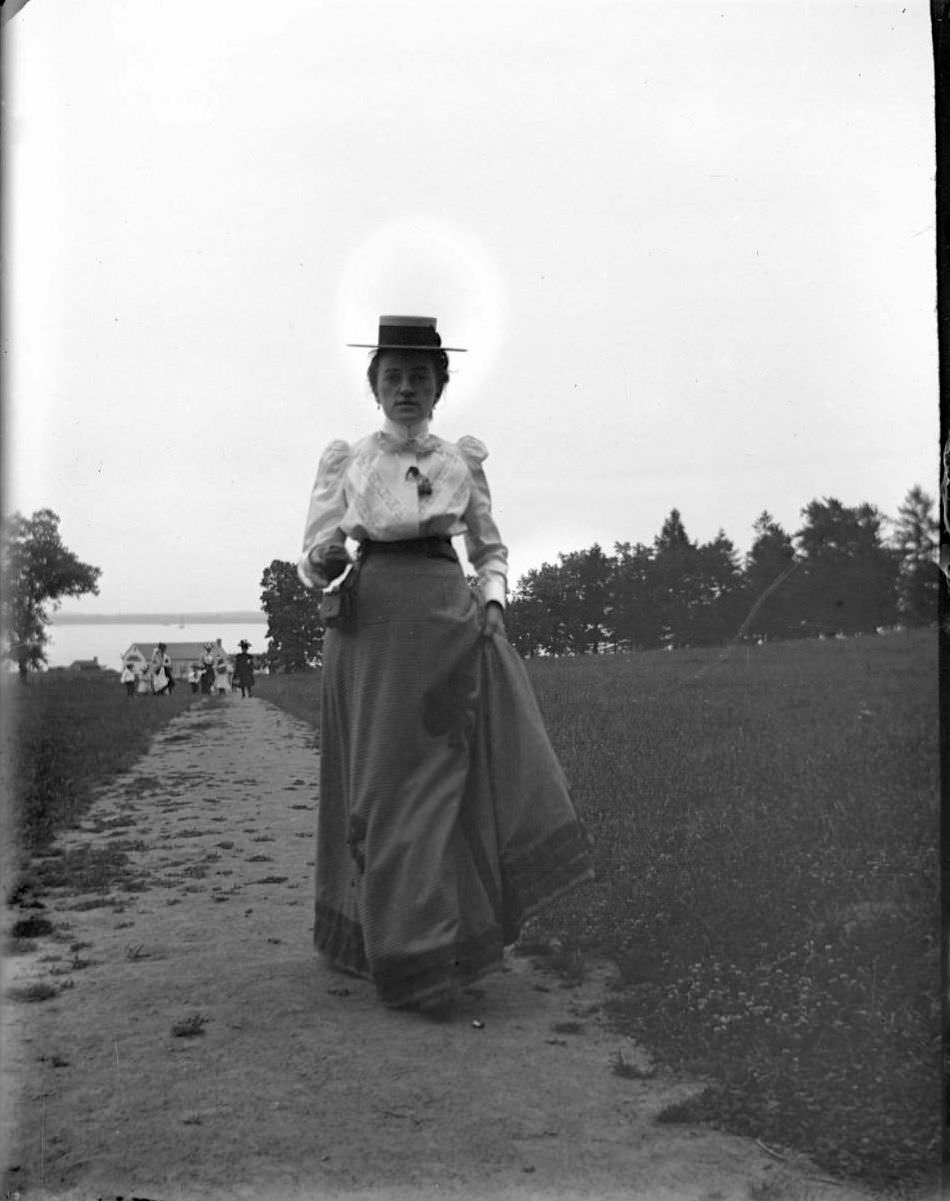
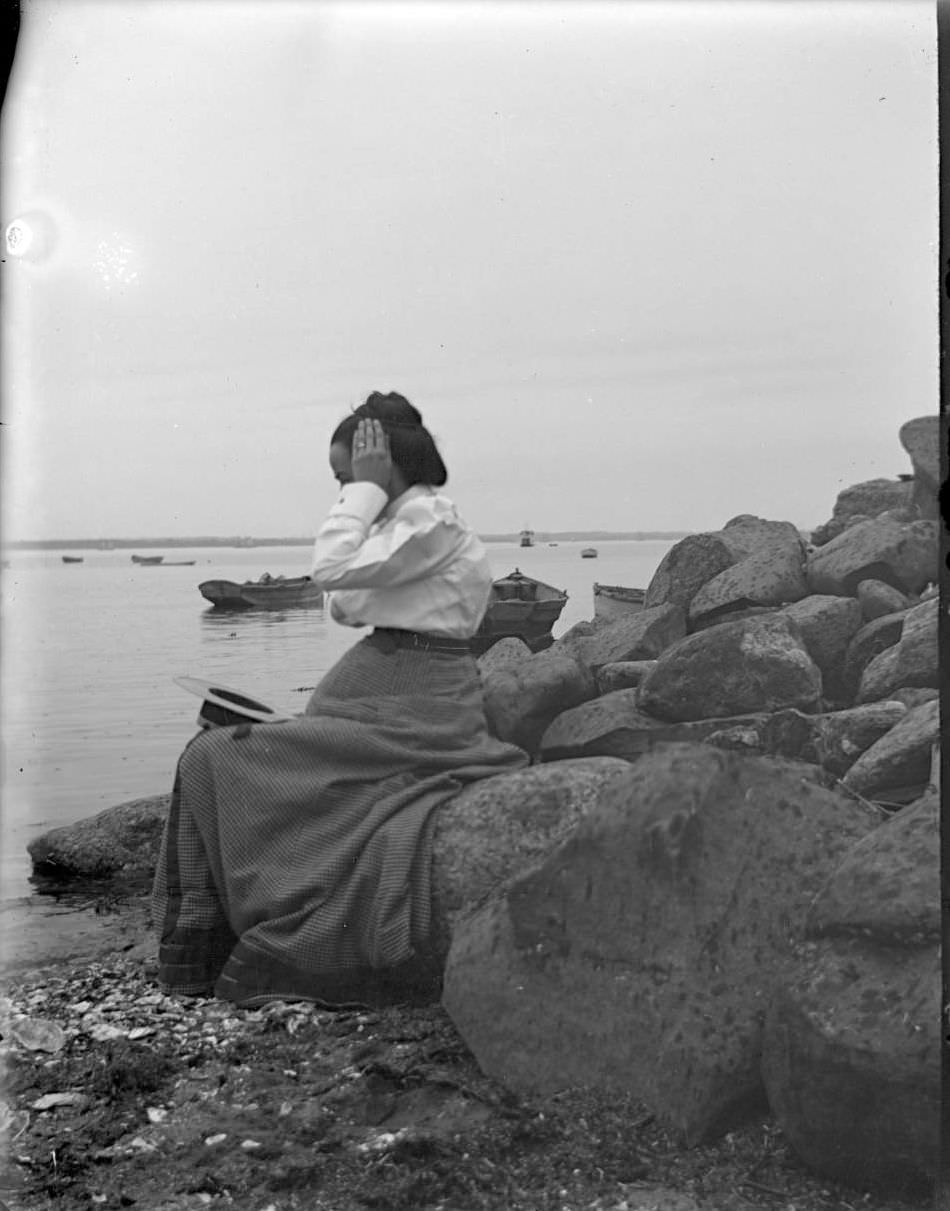
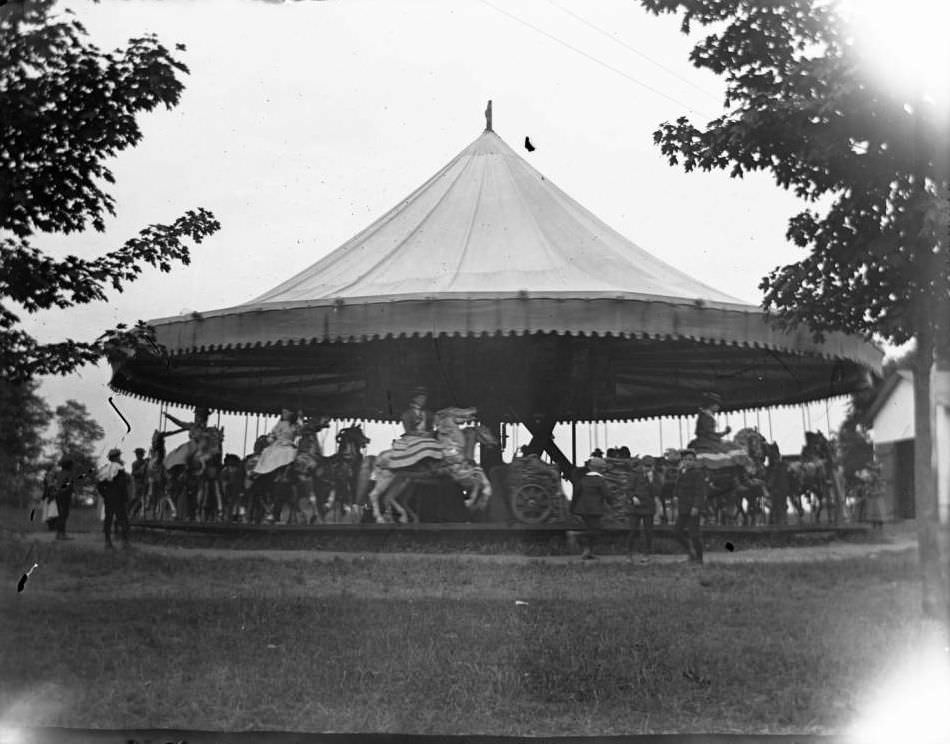
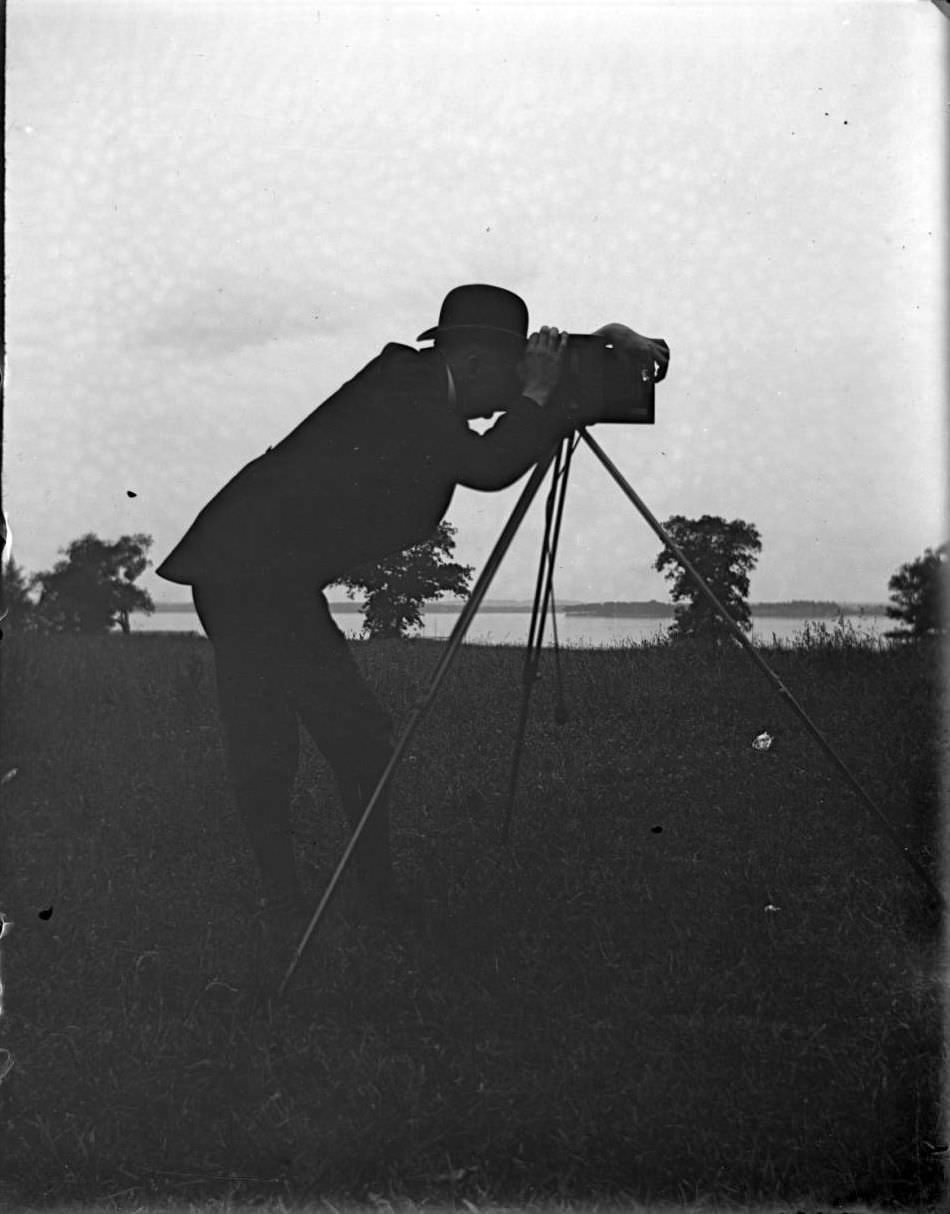
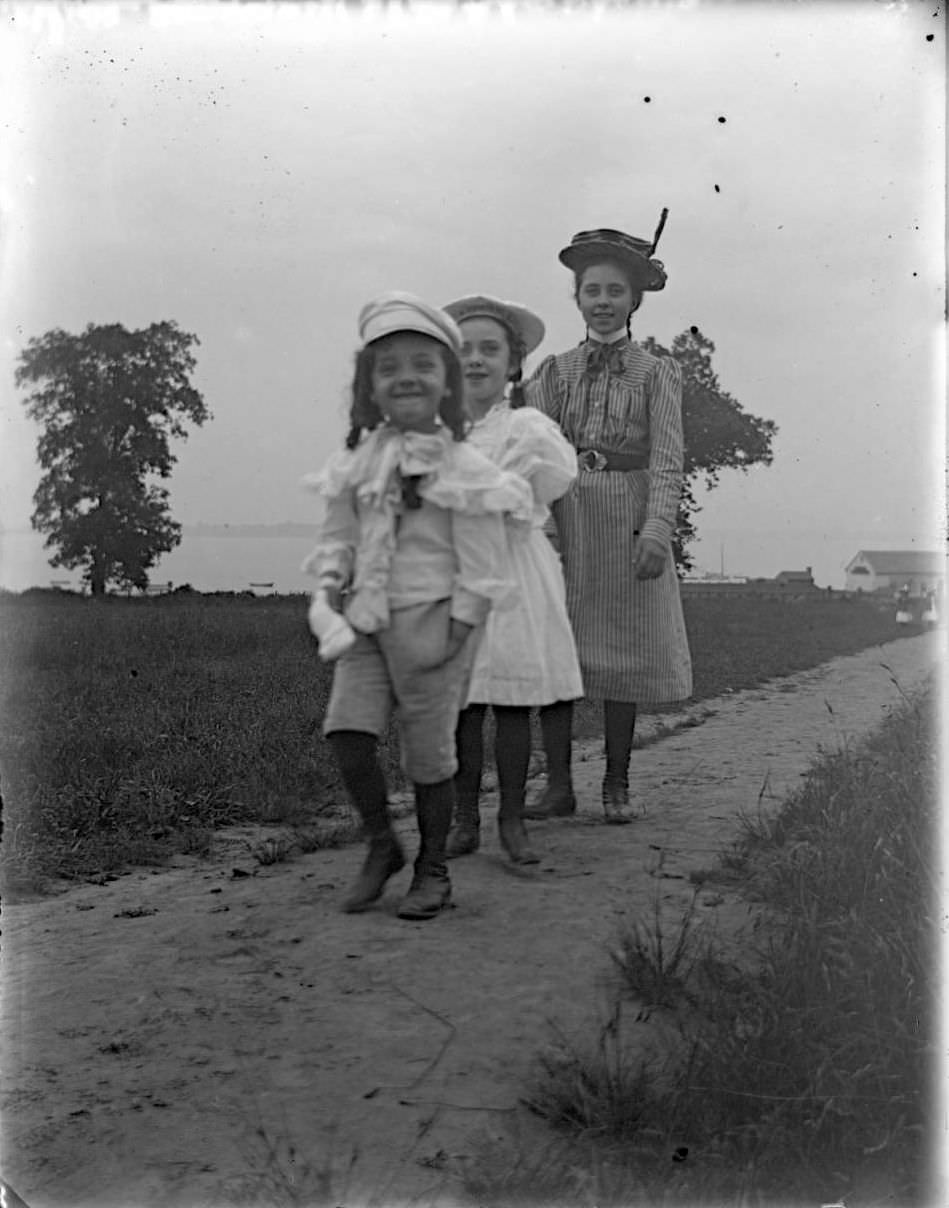
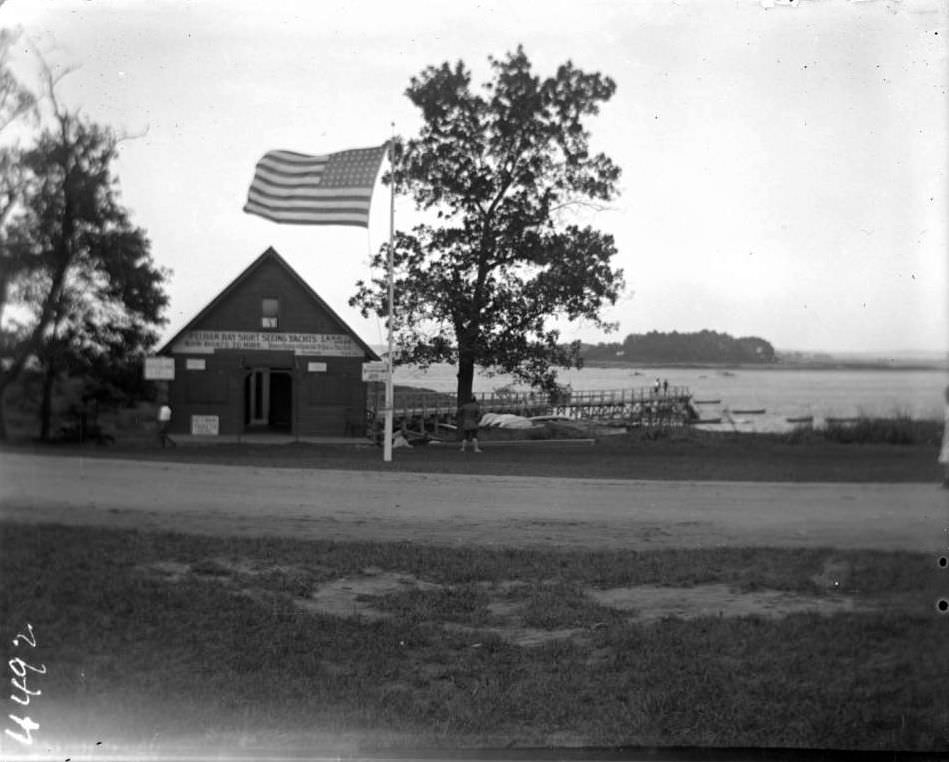
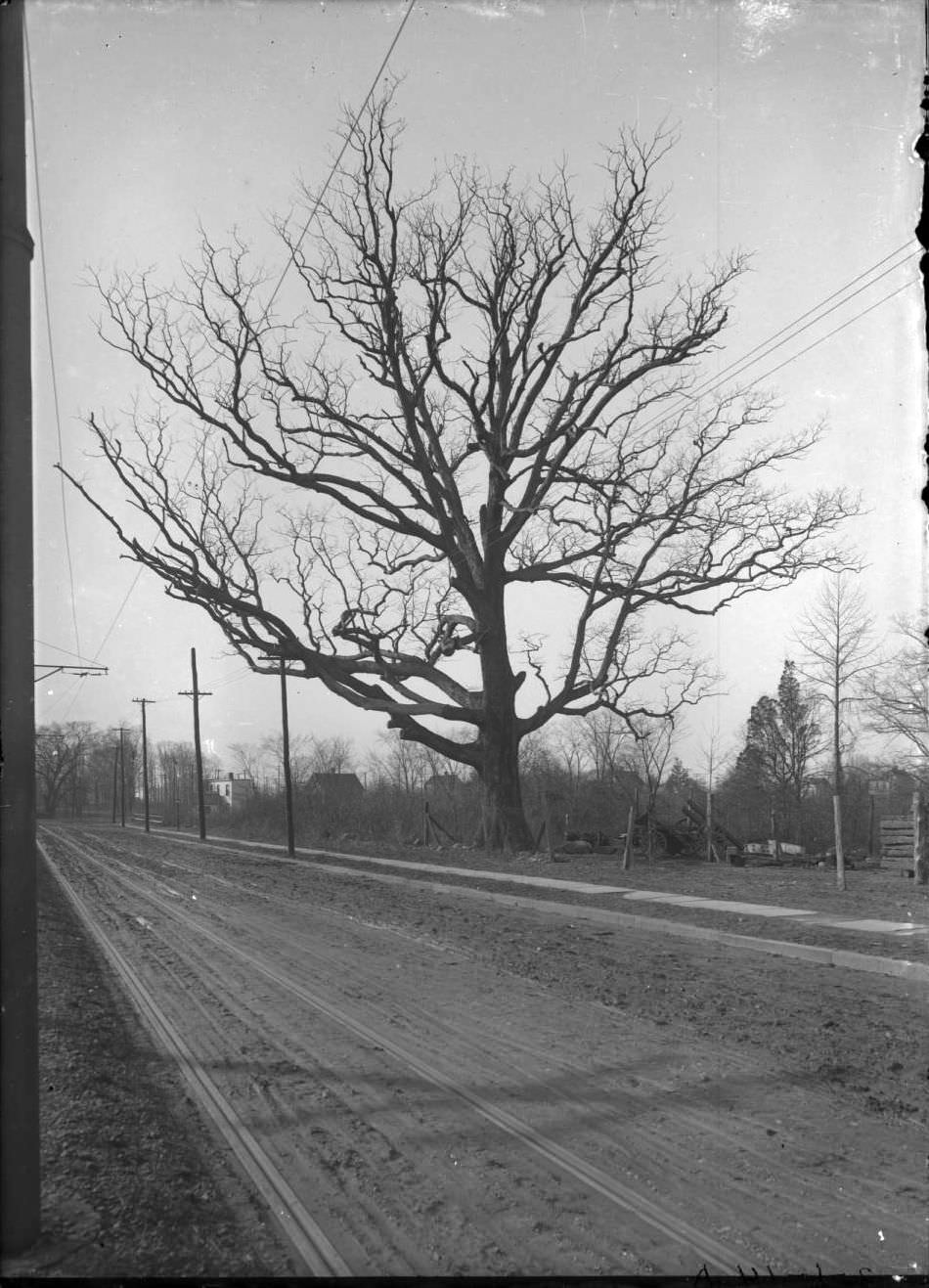

GIPHY App Key not set. Please check settings